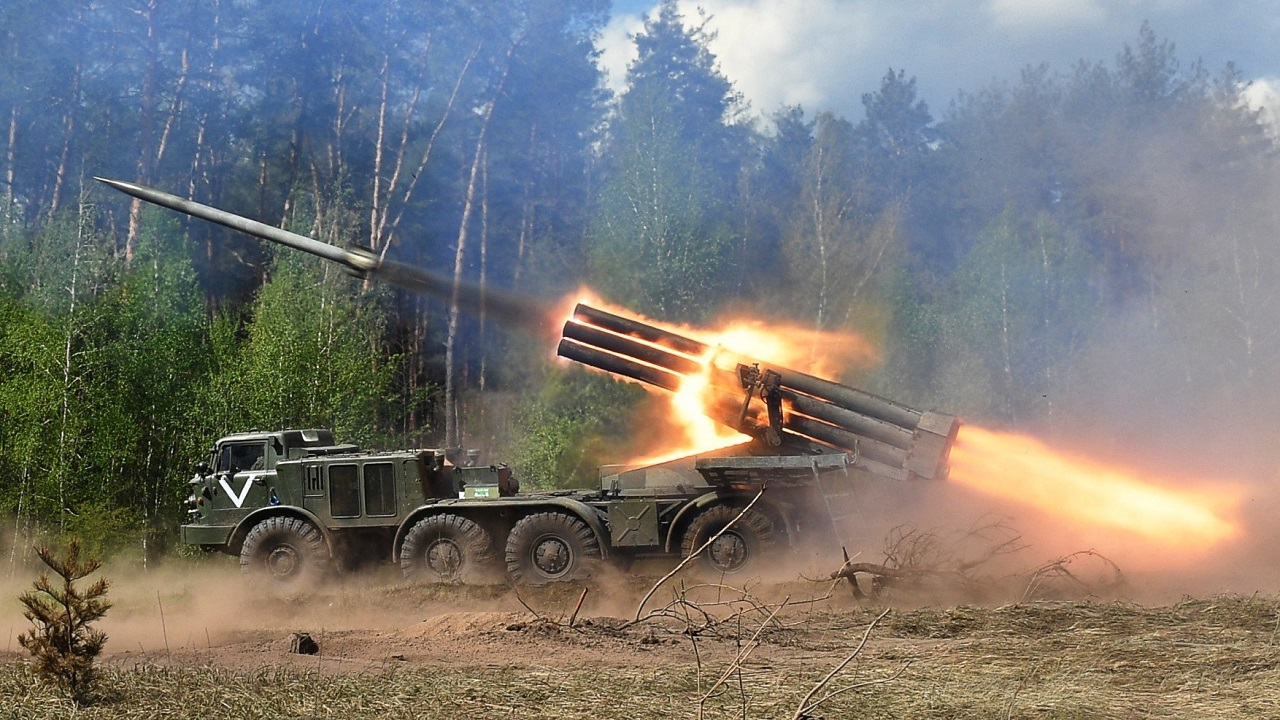Now that the United States and Ukraine have agreed on a ceasefire, the ball is, as Secretary of State Marco Rubio said, supposedly in “Russia’s court.”
Not quite. The ball has been and remains in America’s court.
Ukraine has already expressed a willingness to make territorial concessions in exchange for security guarantees and peace. Kyiv makes no demands on Russia other than that it leave Ukraine.
The demand is reasonable, considering that Russia invaded in 2014 and 2022, but it’s one that Russia’s self-elected president Vladimir Putin will not accept. Russia formally annexed four Ukrainian provinces: Luhansk, Donetsk, Zaporizhzhia, and Kherson.
Putin cannot agree to anything that enables Ukraine to retain territories that Russia considers its own.
He would be hard-pressed to pass off such a deal as a resounding victory that justified some 900,000 casualties and a ruined economy. His legitimacy would be shot, and although the people might not rebel, elites might.
Small wonder that Putin effectively rejected the ceasefire proposal by attaching a variety of conditions that amount to Ukraine’s capitulation.
Putin can, therefore, be brought to the negotiating table regarding a ceasefire or peace only if he is compelled to do so.
The Ukrainians could do that, if they had enough weapons—whether American, European, or their own—to launch a breakthrough on the front. Ukraine will soon have the capacity to produce millions of killer drones annually.
By the end of 2025, when Russia’s manpower losses exceed well over a million and its economy tanks, the tide could turn, and Ukraine might even be able to claim victory.
Although time is on Ukraine’s side, only America can force Putin to accept a ceasefire. Only America has the cards.
This means that an immediate ceasefire is in the hands of the U.S. president. If he’d be willing to complement the plentiful carrots in his Russia policy with some serious sticks, Putin would cave. That could mean increasing the quantity and quality of weapons delivered to Ukraine. Or it could mean imposing new sanctions and making sure existing sanctions are not bypassed.
For better or for worse, the first step toward peace in Ukraine depends almost exclusively on America’s mercurial president.
The only question is whether Trump is up to the task. Does he have the patience and ability to take the initiative, develop a strategy, and see it through, while at the same time having the guts to stare down Putin?
The Ukrainians have indeed shown that they possess all these qualities. Putin scores less well, having stupidly started a war he can’t win. Still, he is willing to do what it takes—including sending 900,000 young Russians to their premature deaths or permanent invalid status—to prevent a Russian defeat.
In contrast, Trump seems to be the prisoner of his passions and flights of fancy. Does he have a game plan? A strategy? Does he even know what a strategy is? The steady stream of conflicting signals produced by him and his minions suggests that the answer is no. It’s hard to avoid the impression that a lot of seat-of-the-pants improvisation is going on.
Is Trump willing to devote months and possibly years to tortuous negotiations? His character traits suggest no. And does he have the strength of his convictions to make his pal Putin offers he can’t refuse? The answer is, at best, unclear.
In sum, Trump may think Ukraine needs to make a hard choice, but in fact, he faces such a choice. He could suffer a humiliating defeat if his many weaknesses prevent him from standing up to Putin. Or he could see the light and realize that the only way to end the war is by saying nyet to Putin and helping the Ukrainians win sooner rather than later.
About the Author: Dr. Alexander Motyl
Dr. Alexander Motyl is a professor of political science at Rutgers-Newark. A specialist on Ukraine, Russia, and the USSR, and on nationalism, revolutions, empires, and theory, he is the author of 10 books of nonfiction, including Pidsumky imperii (2009); Puti imperii (2004); Imperial Ends: The Decay, Collapse, and Revival of Empires (2001); Revolutions, Nations, Empires: Conceptual Limits and Theoretical Possibilities (1999); Dilemmas of Independence: Ukraine after Totalitarianism (1993); and The Turn to the Right: The Ideological Origins and Development of Ukrainian Nationalism, 1919–1929 (1980); the editor of 15 volumes, including The Encyclopedia of Nationalism (2000) and The Holodomor Reader (2012); and a contributor of dozens of articles to academic and policy journals, newspaper op-ed pages, and magazines. He also has a weekly blog, “Ukraine’s Orange Blues.”

